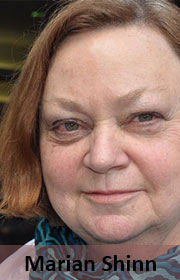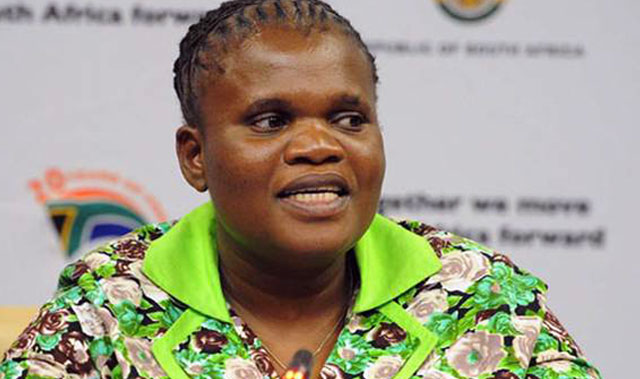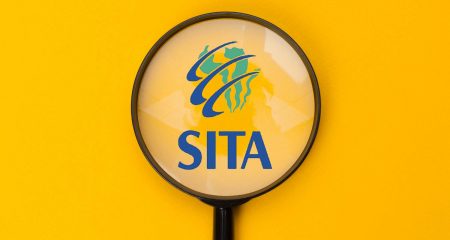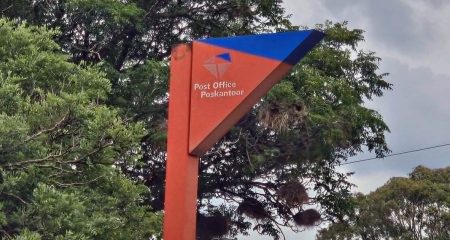 It was clear from the department of communications’ briefing to parliament on Tuesday that digital terrestrial television migration is a never-ending project with an undetermined cost to taxpayers.
It was clear from the department of communications’ briefing to parliament on Tuesday that digital terrestrial television migration is a never-ending project with an undetermined cost to taxpayers.
Apart from the unknown cost to completion, the logistical complexities of qualifying indigent households to receive the five million set-top boxes from government, the uncertainty of the distribution chain and installation will delay, for at least another three years, the release of digital dividend spectrum that is critical to expand the capacity of South Africa’s broadband communications network.
The delay in releasing the relevant spectrum has incalculable costs to South Africa’s economic growth and job creation prospects as local and international trade competitiveness increasingly depends on fast, robust communications networks. The delay also inhibits government’s ability to roll out e-government services, particularly to rural areas.
What communications minister Faith Muthambi hailed as her department’s flagship project has a funding shortfall in excess of R2,8bn, and that was my calculation before other previously unknown projects popped into the project plan discussed yesterday.
The minister, her department, Sentech, the Post Office and Universal Service Access Agency of South Africa (Usaasa) presented their progress reports on the migration from analogue to digital broadcasting to a joint meeting of the portfolio committees on communications, telecommunications & postal services and the select committee on communications & public enterprises.
South Africa failed to meet the international deadline for digital television switchover of 17 June 2015. According to the International Telecommunication Union website, we lag behind all our neighbours as not having started the process. Mozambique is the only neighbour that has migrated.
Started in 2008, and delayed by innumerable delays caused by political interference, inter-broadcaster marketing wars and legal challenges, and cabinet power struggles, the project promises to be underfunded to deliver on its mandate, even though it has cost R8,5bn so far.
The roll-out of the first set-top boxes is due before year-end to qualifying households in the Northern Cape and, in a phased approach, to the rest of South Africa by the end of 2016. Government plans to hand out 5m set-top boxes to identified, indigent households in that time. There is now uncertainty about whether an additional 3m will creep into some sort of subsidy scheme.
Yesterday, the communications department announced that the Unemployment Insurance Fund will be sharing some of the costs — as yet not public — as a plan has been hatched to use the installation of set-top boxes as a skills training exercise for the rural unemployed. They still need to be identified and trained and will be contracted to the Post Office, which will manage the distribution, yet be paid by Usaasa.
Other unknown costs are those needed to increase subsidies paid to community broadcasters so they can transmit digital content and the establishment and manning of a national call centre — by whom is yet undecided — that will field calls for support in multiple languages.
The known funding shortfall — from previous presentations made to the portfolio committee on telecoms & postal services and gathered via parliamentary questions — include Sentech’s shortfall in the 2015/2016 financial year for the dual illumination period (R32m); the Post Office (R771m over three years); the department of communications’ marketing costs (R22m); and Usaasa’s project shortfall for set-top boxes (R1,9bn).

The department seemed unfazed by the lack of clarity on where the money was coming from, saying national treasury had always been sympathetic to the project and that discussions were under way between all the entities involved in the process to identify funding possibilities.
Scant mention was made of the plan to re-stack the broadcasting spectrum after the analogue signal is switched off. This complex process will ensure efficient allocation and use of the spectrum to deliver the digital dividend. Costs for this process are estimated to be about R2bn. This cannot begin until after the analogue broadcasting signal has been switched off, hopefully by the end of 2016.
Muthambi must produce a “shopping list” of all the items and the costs needed in the current medium-term expenditure framework to complete the digital migration and release the digital dividend, the source of their funding, and the timeframe of their expenditure, so South Africans can have a clear, concise view of what they are paying for and by when.
- Marian Shinn as a Democratic Alliance MP and the party’s shadow minister of telecoms & postal services




